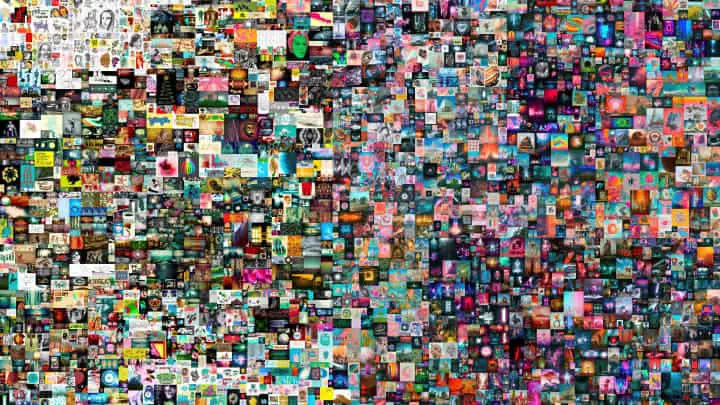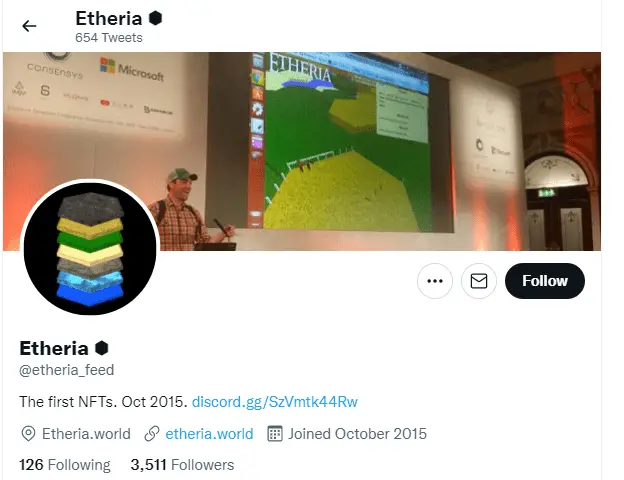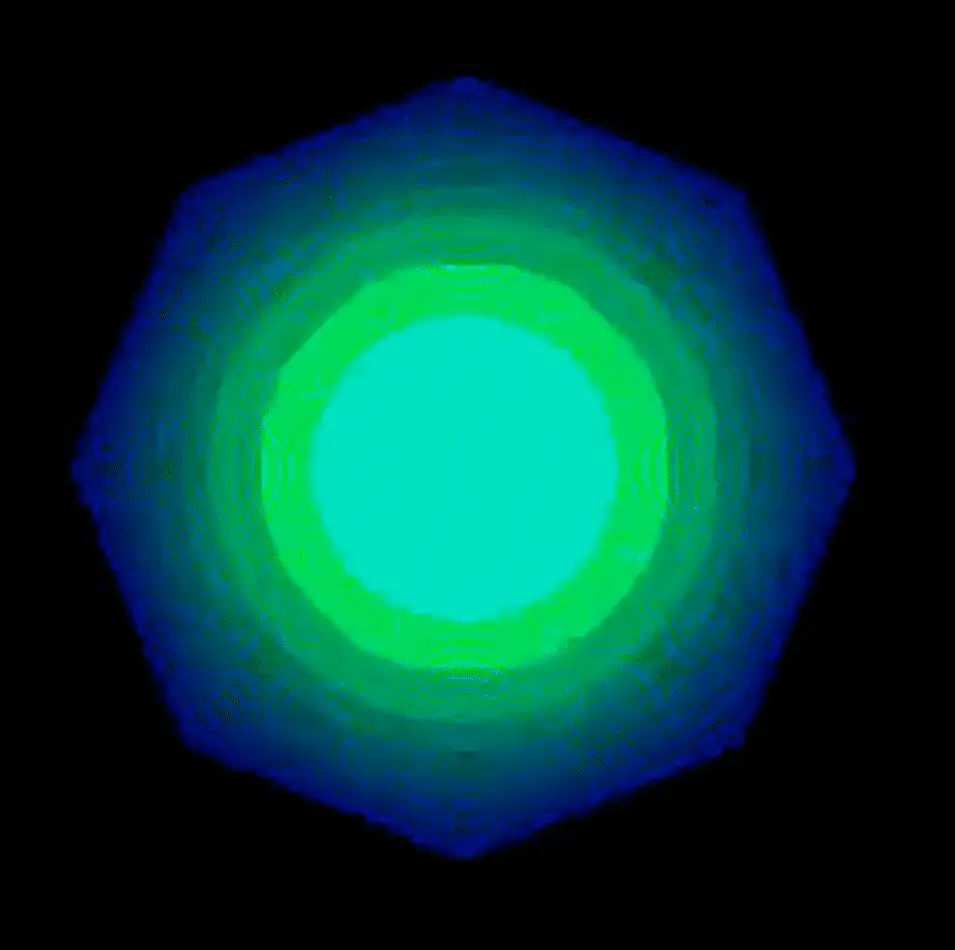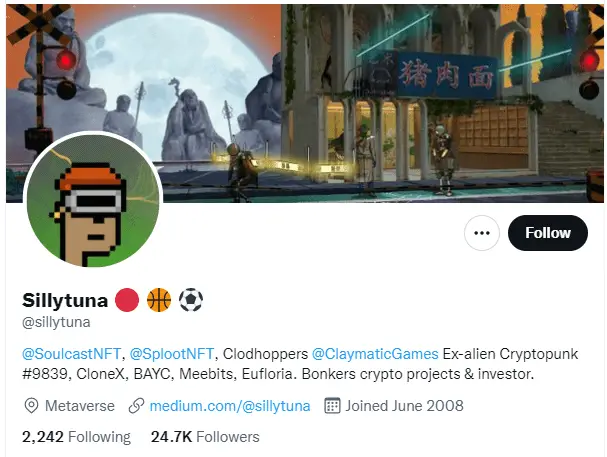
NFTs or non-fungible tokens are unique one of one digital assets that are secured by the blockchain; for more information on NFTs, click here.
NFTexplained.info is a team of long term crypto investors who are well versed within the NFT space and the blockchain. In this article we will be covering the history of NFTs and much more.
In 2012 the notion of NFTs was created and known as colored coins. Colored coins allowed BTC to be ‘colored’ and expanded to include any other financial asset. In 2017 NFTs became more widely accessible on the Ethereum blockchain with the release of CryptoPunks and CryptoKitties.
While this is what most would consider the beginning of NFTs, this topic is widely debated. The team at NFTexplained.info has done a lot of research uncovering the timeliness of the earliest days of the creation of NFTs.
Colored coins were built atop the Bitcoin blockchain. The idea of colored coins didn’t enjoy mass adoption but helped illustrate what was possible on the blockchain.
Two years after the 2012 colored coin introduction, Counterparty was built atop the Bitcoin blockchain with the ability to create digital tokens; this was very similar to NFTs and had many of the same features.
On Counterparty, back in 2016 (before CryptoKitties and CryptoPunks), people began trading cards bearing images from a frog meme known as Rare Pepe.
These 300 cards (aka tokens) were able to be wrapped or turned into NFTs and soon hit the Ethereum blockchain.
In October of 2021, a Rare Pepe card sold for US $500,000 to MetaKovan who is the purchaser of Beeple’s record US $69 million piece known as ‘Everydays: the First 5000 Days’.

Shortly after Rare Pepe’s began to gain traction back in 2016, Larva Labs – creators of the 10,000 randomly generated CryptoPunks – gave these digital characters away for free as an experiment in mid 2017.
Currently, these uniquely generated characters can’t be bought for less than roughly half a million US dollars and are now adorn the social media profile pictures of numerous famous people (e.g. Jay Z, Odell Beckham Jr, and more).
Along with CryptoPunks came the release of CryptoKitties (a few months later) which were breedable cat NFTs. This game helped push NFTs more into the mainstream media as well as make people realize that the blockchain could be used for more than decentralized currencies.
Now NFTexplained.info will cover the genesis of NFT games.
What Were The First NFT Games? What Was The First NFT Game?
Many consider Etheria to be the first NFT game ever created (back in 2015) in which digital land was sold as an NFT. Following Etheria came CryptoKitties which is widely considered to be the second NFT game ever created (back in October of 2017). CryptoKitties sparked lots of mainstream media interest in NFTs.
Etheria originally sold plots of land (similar to Decentraland) for one ETH which was equivalent to less than one USD at the time. In 2021, a plot sold for an astounding 70 ETH or roughly US $130,000.

As previously mentioned, CryptoKitties, or the breedable cat game, where more cats (NFTs) can be made, created a lot of hype for NFTs. Since it significantly slowed transactions and speeds on Ethereum, it became mainstream news.
Major news sites covered the story and casual observers heard about the cat craze.
Soon after NFT marketplaces like OpenSea were created; made by Alex Attalah and Devin Finzer back in 2018.
NFT marketplaces like OpenSea allow anyone to create NFTs in a very simple and easy manner. NFTexplained.info has a full article covering OpenSea, which can be found here.
NFTexplained.info will now cover the oldest known NFTs.
What Are The Oldest NFT?
Many consider colored coins from the BTC blockchain to be the first NFTs (2012). Following colored coins was Kevin McCoy’s ‘Quantum’ NFT which was minted via a technology developed by a coder, Anil Dash (2014). Historically, Terra Nullius a text based NFT is considered one of the earliest (2015).
Kevin McCoy’s NFT was minted on the Namecoin blockchain; it sold for an astounding US $1.4 million via the famous auction house Sotheby’s. The work is a pixelated and hypnotic octagon that rapidly changed design and color.

Kevin McCoy’s NFT was purchased by someone with the pseudonym ‘Sillytuna’ who sold a CryptoPunk for a remarkable US $11.8 million in the same Sotheby’s auction.

Terra Nullius allowed users to create text that is stored on the blockchain; many consider Terra Nullius to be an early form of an NFT.
This was slightly controversial since some consider these to not be NFTs because they consist of text which could technically be stored many times, arguably making them fungible. That being said, the project’s lifetime value has still reached 507 ETH which is over US $1.5 million.
It is clear that the historical aspect of these NFTs is a driver of these historically significant object’s high valuation.
NFTexplained.info will explain who created NFTs.
Who Is The Founder Of NFTs?
There are many misconceptions about the person who created NFTs.
The technology behind NFTs was created by coders on the blockchain. Since the blockchain is open source, the NFT space has moved incredibly fast, and it is challenging to point to a single person or a group of people who fundamentally created the technology.
Starting from colored coins, to Etheria, and Kevin McCoy’s NFT, the first ever NFT is disputed. The same statement is true of the founder of the technology.
Lastly, NFTexplained.info will cover when NFTs became popular.
When Did NFTs Become Popular Or Reach The Mainstream Media?
While the first NFT was arguably created back in 2015, few were aware of the technology and capabilities that NFTs empower until 2017.
As a general statement, NFTs were brought to the mainstream media as a consequence of CryptoKitties in 2017. In 2020 NFTs received broad coverage from digital collectibles like NBA Top Shots. From January of 2021, active wallets grew by 48X in less than a year! Despite high growth, NFTs will likely expand much more.
The NFT space is still very, very new and anyone getting into the space is still early.
By active wallets, NFTexplained.info means a unique wallet that has purchased or sold an asset.
The 48X was calculated from the beginning of 2021 (January) to the peak of 2021 which was towards the end of August.
If you are interested in creating a digital wallet, NFTeplained.info would recommend MetaMask. We have a complete guide explaining what it is and how to set it up which can be found here.
According to Google, search interest for ‘NFTs’ had surpassed searches for ‘Crypto’ towards the end of 2021. With the buzz surrounding the Metaverse and large firms like Microsoft investing US $27 million into an NFT start up, it is highly likely that NFTs will enjoy continued rapid adoption.
If you are interested in learning about the top 10 most expensive NFTs ever purchased, that article can be found here!
The NFT space is always changing and the technology is quite new. Our team is incredibly excited to see what will happen as time goes on. To get the latest news in this rapidly evolving space, follow our team on Instagram & Twitter!
